Once you’ve signed up for an Optus NBN plan, the next big step to get online is setting up your Optus NBN modem.
How to set up your Optus NBN modem
You’ve just signed up for an Optus NBN plan, which means you’re almost ready to get online. While you could get away with using your trusty BYO NBN-compatible router or modem-router with Optus NBN, Optus offers a good selection of NBN modems that require little configuration out of the box.
Before we get into what you need to know about setting up your Optus NBN modem, check out a selection of cheap Optus NBN plans from our comparison engine.
Pros and cons of using a provider modem
Optus NBN modem options
Signing up for an Optus NBN plan means you’ll be sent one of three options. The Optus Ultra WiFi Modem is most common, but Optus may also provide a Sagemcom Fast 5366 TN modem-router. Those who sign up to an Optus Internet Gamer Plan can also receive the Asus TUF Gaming AX5400 router.
If you live in a larger home and need more range on your WiFi signal, there’s also an optional Optus Ultra WiFi Booster you can purchase (one is included in the Optus Internet Family Entertainer Fast plan).
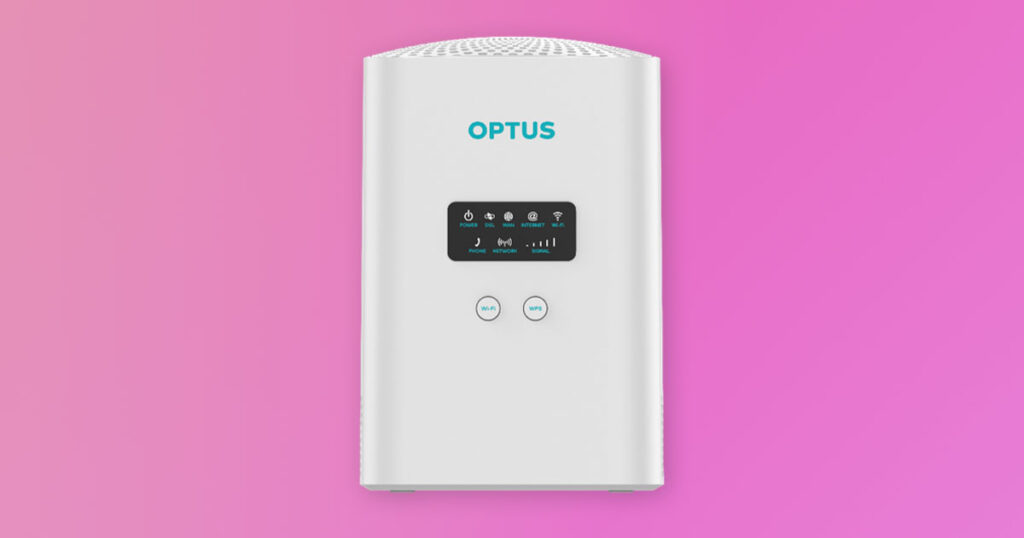
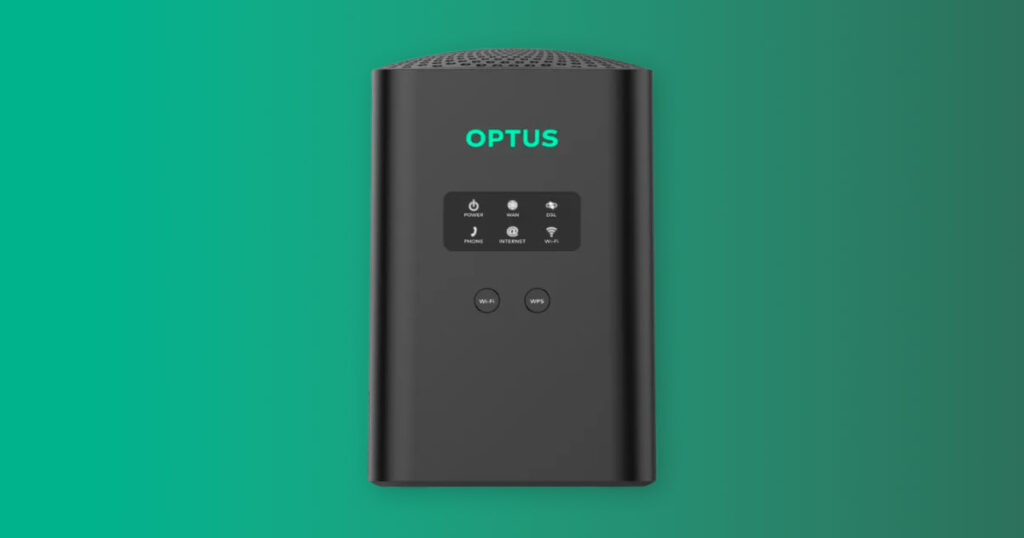
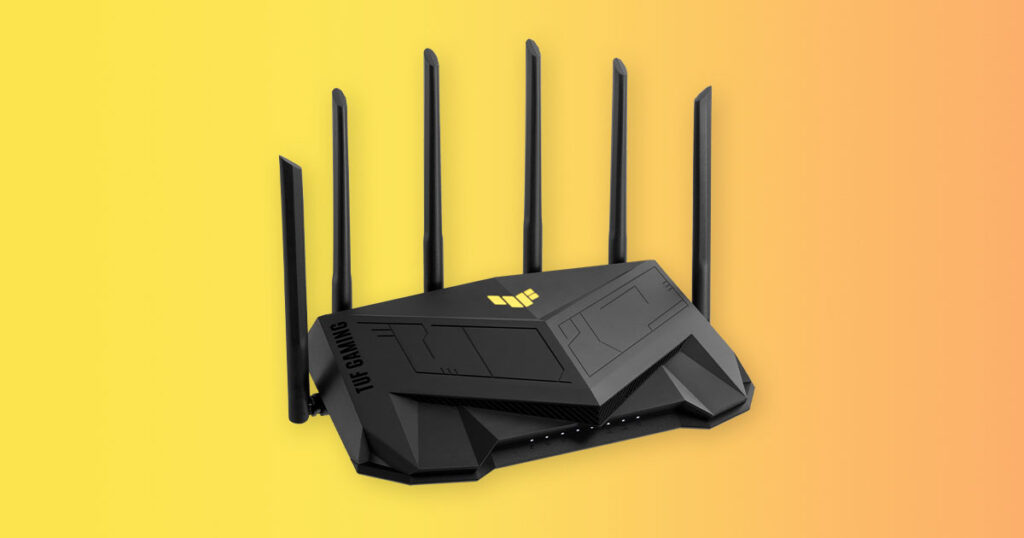
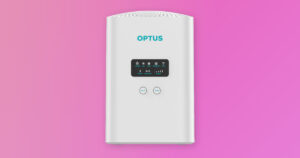
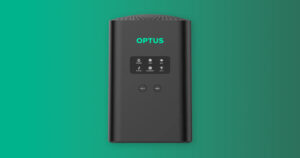
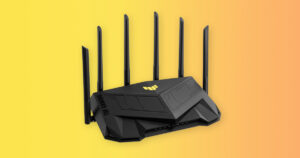
Universal steps for setting up an Optus NBN modem
To get prepped for your setting up any of the NBN modems provided by Optus, download the My Optus app for guided installation. Once the Optus NBN modem arrives, placement is important. You want to position it near a power outlet, away from potentially interfering electrical devices and, ideally, in a spacious area that’s central in the home to best maximise WiFi coverage. If you have an NBN connection box, place your Optus NBN modem near enough to that networking device to connect via an Ethernet cable. For homes that don’t need an NBN connection box, place the Optus NBN modem near the NBN wall outlet (aka the telephone wall outlet).
Once positioned, plug in the power adapter to the Optus NBN modem and the other end into to a nearby power socket, then switch on the power. The NBN technology that connects your home and Optus NBN modem specifics will determine the next steps. But once you’re connected, be sure to use the WiFi details provided to connect your wireless devices and/or Ethernet cables to connect up to four wired devices.
Optus Ultra WiFi Modem setup guide
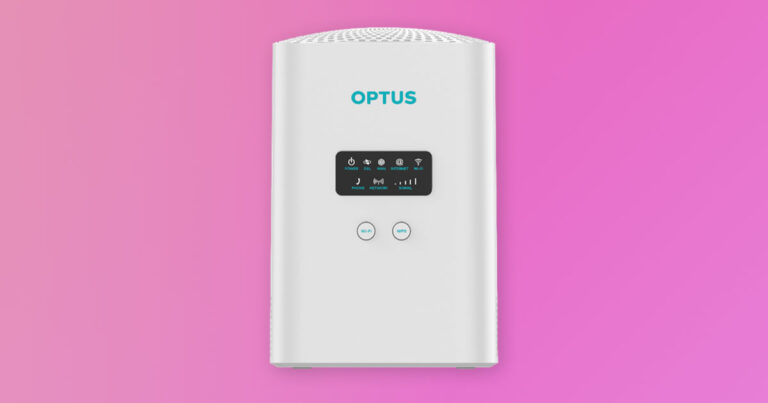
Fibre-to-the-Premises (FTTP), Hybrid Fibre Coaxial (HFC) and Fibre-to-the-Curb (FTTC) homes will be using the Optus Ultra WiFi Modem as a router. This means connecting one RJ45 connector of the included Ethernet cable to the UNI-D1 (FTTP and HFC) or Gateway (FTTC) port on your NBN modem and the other end to the red WAN port on the Optus Ultra WiFi Modem.
Fibre-to-the-Building (FTTB) and Fibre-to-the-Node (FTTN) users need to connect one end of the telephone cable into the NBN wall socket and the other end into the grey DSL port on the Optus Ultra WiFi Modem. Be sure to have a direct connection with the telephone cable that doesn’t use any line filters.
Once these respective cables are connected, if everything is working as it should, the WAN and Internet lights on the front of the Optus Ultra WiFi Modem should light up within 20 minutes. If you don’t see any flashing activity lights on the Optus Ultra WiFi Modem after three hours, reach out to Optus NBN support.
For additional information, read the Optus Ultra WiFi Modem quick-start guide (PDF).
Sagemcom Fast 5366 TN setup guide
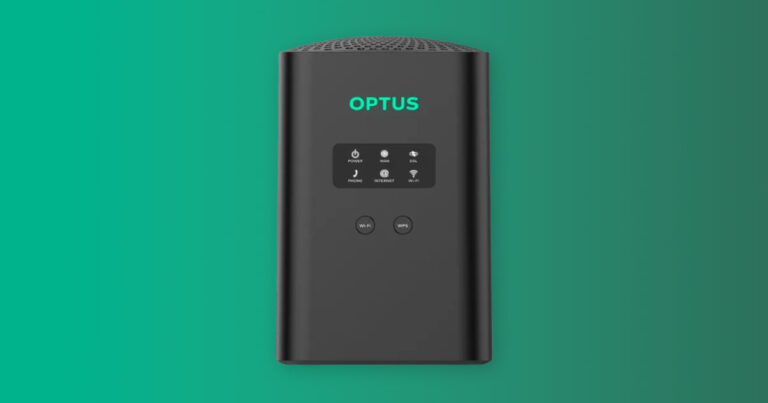
FTTP, HFC and FTTC users should use the Ethernet cable; connect one RJ45 connector of the cable to the red WAN port on the Sagemcom Fast 5366 TN and the other end to the UNI-D1 (FTTP and HFC) or Gateway (FTTC) port on your NBN modem.
Alternatively, FTTB and FTTN users should connect one end of the telephone cable into the NBN wall socket (without any line filters) and the other end to the grey port on the Sagemcom Fast 5366 TN.
Once plugged in, it shouldn’t take more than 20 minutes for you to see the WAN and Internet lights on the Sagemcom Fast 5366 TN indicating you’re connected. Optionally, test your connection by inputting the http://192.168.0.1 address into a web browser, then enter the username and password from the provided magnet to log in.
For additional information, check out the Sagemcom Fast 5366 TN quick-start guide (PDF).
Got a landline phone service with Optus?
Asus AX5400 Gaming Modem setup guide
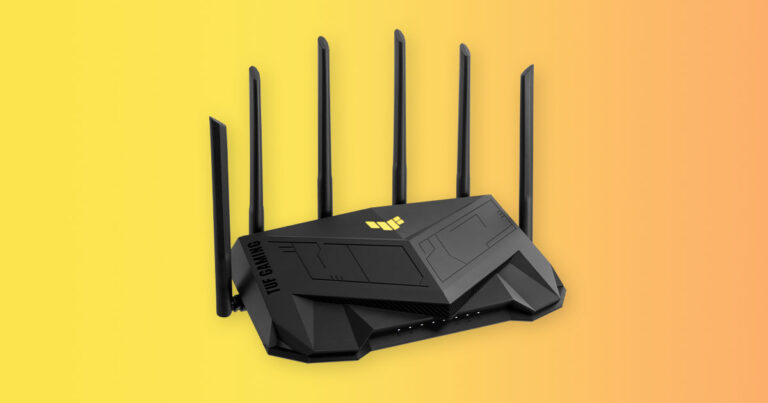
For the Asus AX5400 Gaming Modem, connect the Australian plug to the power adapter, then connect that end to a power outlet and the other to the ‘DCIN’ port on the modem-router. FTTP, HFC and FTTC users should connect the Ethernet cable to the blue WAN port on the Asus AX5400 Gaming Modem and the other end to the Gateway (FTTC) or UNI-D1 port (FTTP and HFC) on your NBN connection box.
For FTTB and FTTN users, link the telephone cable between the grey DSL port on the Asus AX5400 Gaming Modem and plug the other end into the NBN wall outlet.
With those respective cables connected, now is the time to power on the Asus AX5400 Gaming Modem at the wall and via the power switch on the back right of the modem-router. Wait a few minutes for the Asus AX5400 Gaming Modem to automatically configure. You should see a solid white light on the DSL LED (FTTN and FTTB) or WAN LED (FTTP, HFC and FTTC) to indicate the internet is connected.
If you want to access the Asus AX5400 Gaming Modem’s admin page to change details like the WiFi username and password, type in router.asus.com or 192.168.0.1 into a browser address bar. The login name is ‘optus’ and the password is the same as the default WiFi password on the white label underneath the modem-router. From here, go to ‘Network Map’, then ‘System Status’ to change WiFi settings; just hit ‘Apply’ to save the settings.
For additional information, read the Asus AX5400 Gaming Modem quick-start guide (PDF).
More NBN plans with an included modem
Related Articles




